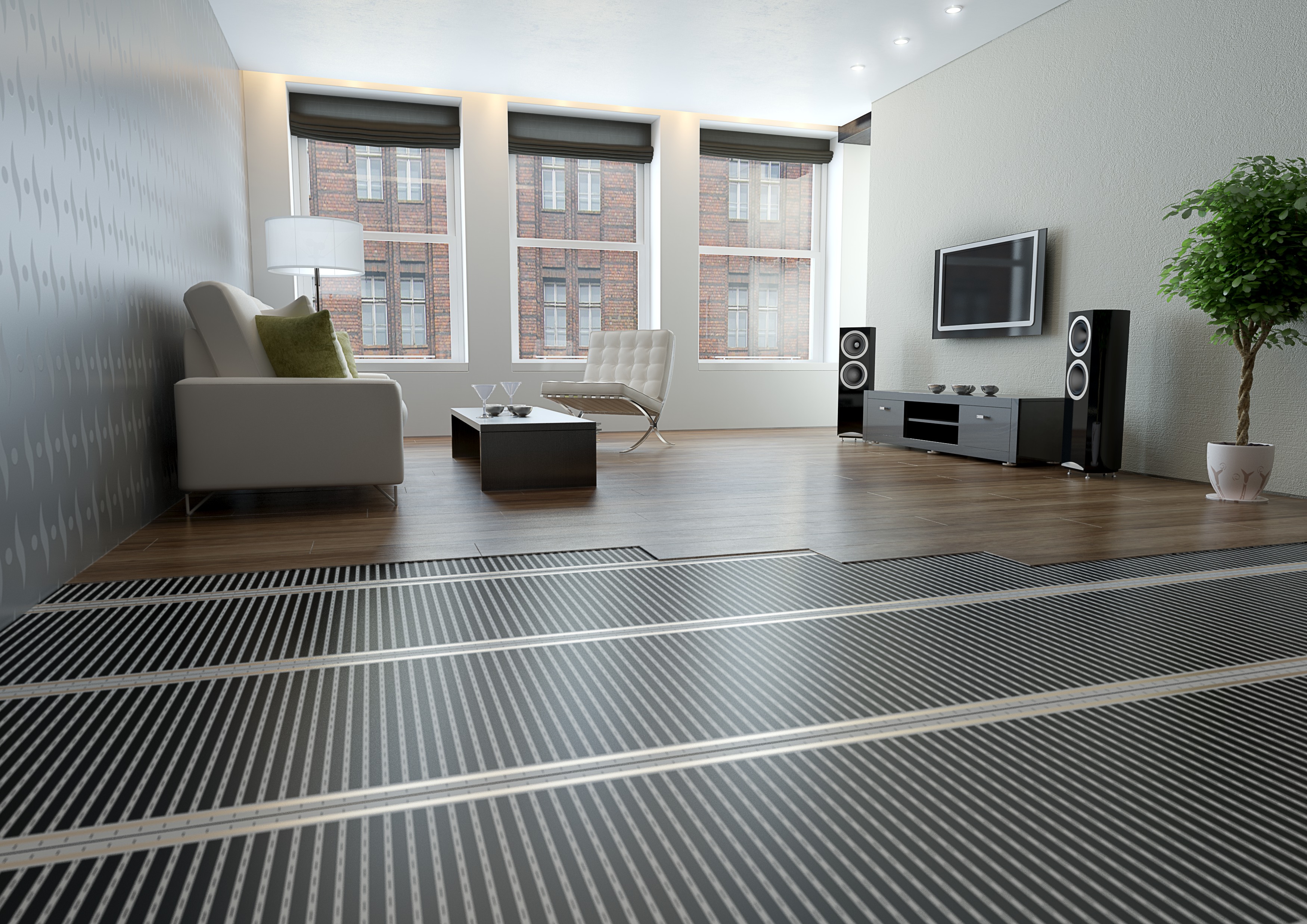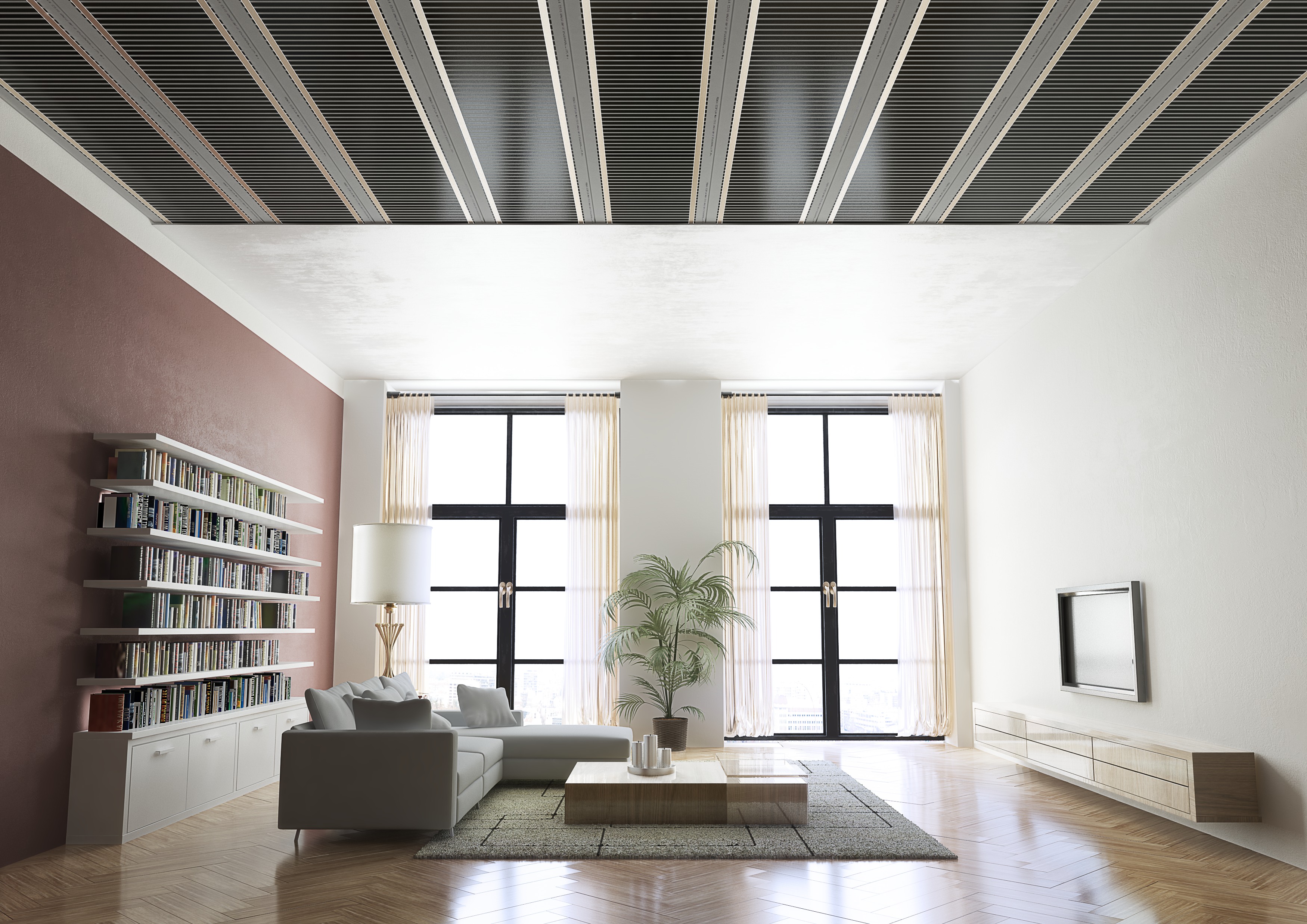
Perspectives of electric heating in the era of nearly zero-energy buildings
Thermal loss of buildings - and thus energy consumption - has significantly decreased, and in many cases, operational costs are no longer decisive; more important factors have become the total amount of the initial investment, maintenance and inspection costs, unattended operation, lifespan, reliability of the system, and comfort level.
FENIX Jeseník, in collaboration with the Czech Technical University (ČVUT) and UCEEB (University Center of Energy Efficient Buildings), conducted measurements and evaluations of three such buildings during the 2013-2014 season, and one of the conclusions was that electric decentralized systems are 20-25% more efficient than hot water systems for these buildings, due to their high flexibility. In the past two years, we have also extensively experimented with photovoltaic rooftop power plants, the use of alternative water heating, etc. This has provided us with a number of very significant insights.
Another completely new challenge is the start of construction of "nearly zero consumption" homes from 2020. Therefore, we are once again preparing, in collaboration with ČVUT - UCEEB, a project for the construction of such a house later this year in Jeseník. The advantages of electric radiant systems in these buildings confirm the following benefits:
Ing. Cyril Svozil, director and owner of the FENIX Jeseník holding
www.fenixgroup.cz
 |
| ECOFILM, underfloor heating |
FENIX Jeseník, in collaboration with the Czech Technical University (ČVUT) and UCEEB (University Center of Energy Efficient Buildings), conducted measurements and evaluations of three such buildings during the 2013-2014 season, and one of the conclusions was that electric decentralized systems are 20-25% more efficient than hot water systems for these buildings, due to their high flexibility. In the past two years, we have also extensively experimented with photovoltaic rooftop power plants, the use of alternative water heating, etc. This has provided us with a number of very significant insights.
Another completely new challenge is the start of construction of "nearly zero consumption" homes from 2020. Therefore, we are once again preparing, in collaboration with ČVUT - UCEEB, a project for the construction of such a house later this year in Jeseník. The advantages of electric radiant systems in these buildings confirm the following benefits:
 |
| ECOFILM ceiling heating |
- The systems are very flexible and quickly and automatically respond to additional thermal gains in individual spaces of the house.
- Expanded hot water systems (with any source, including heat pumps) cannot provide this flexibility and accuracy of supply of small amounts of needed heat to various areas of the facility, and efforts for more precise regulation incur disproportionate costs.
- The offered electric systems provide heat mainly through radiation, which is the most efficient method of transfer (excluding air as a carrier).
- Every living organism is genetically prepared to receive radiant heat (sun, fire). Here, these systems gain a significant advantage over another competitor in the form of warm air heating systems, which conversely have zero radiant component and are not perceived as positively and fully by organisms.
- Construction of nearly zero consumption homes will also require the production of a significant share of energy from renewable sources. The current amendment to the Energy Act allows rooftop installation of photovoltaic systems up to 10MWp, which should be sufficient to cover the majority of the energy needs of a house equipped with our heating systems.
- The use of radiant electric heating systems with perfect regulation is a very good choice in terms of acquisition costs, maintenance costs, and system lifespan, as acquisition costs decrease proportionally to the installed power (insignificant in these homes), maintenance costs approach zero, the lifespan of the systems reaches 40 years, and all this while being completely unattended, with the possibility of remote control, etc.
- The existing penalization of electricity in the form of the so-called NPE coefficient will rapidly weaken due to the transition to emissions-free and renewable sources. Additionally, for these buildings, the NPE coefficient will be neutralized by the self-production of clean energy from rooftop photovoltaic systems. A study by ECOFYS, prepared for the European Commission, also points out that around 2030, the use of fossil fuels, including natural gas for combustion in new local heating systems, will not be allowed. They will not meet increasingly strict emission limits without very costly modifications.
Ing. Cyril Svozil, director and owner of the FENIX Jeseník holding
www.fenixgroup.cz
 |
| GR-panel |
The English translation is powered by AI tool. Switch to Czech to view the original text source.
0 comments
add comment













